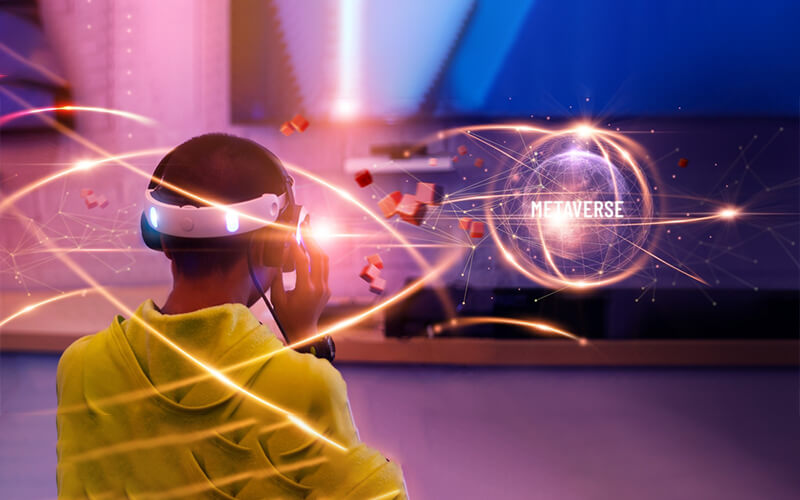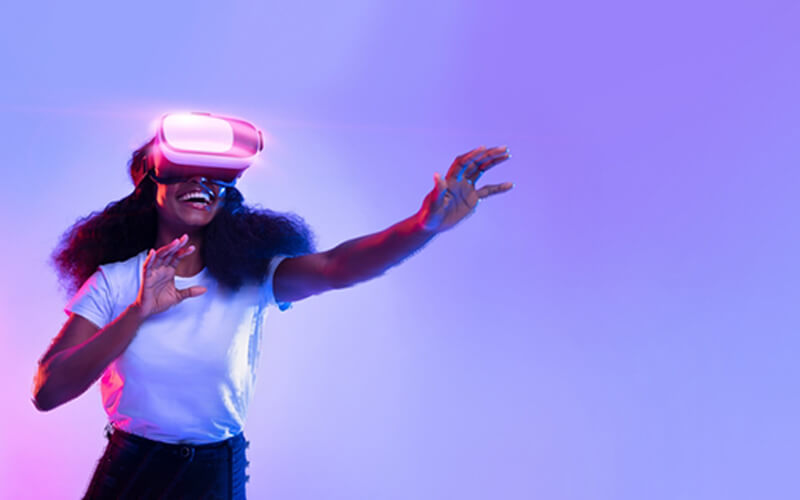Picture yourself shopping in a store where you can try on clothes without physically wearing them or redesign your home with the flick of a finger. Sounds far-fetched? Not anymore. Augmented Reality (AR) and Virtual Reality (VR) technologies are turning these sci-fi fantasies into everyday realities, effectively redefining the retail landscape.
AR and VR provide immersive, interactive experiences that significantly enhance traditional shopping methods. With AR, customers can see how a product will look or fit in their own space through a digitally enriched view of reality, like viewing a piece of furniture in your room through an AR app. On the other hand, VR completely immerses users in a simulated digital environment, providing a virtual showroom where they can browse and interact with products.
One of the most impactful applications of AR in retail is in the fashion industry. Stores now offer virtual fitting rooms where customers can ‘try on’ clothes without physically wearing them. Using AR technology, customers can select garments, colors, and sizes, and see how they look on their virtual avatars. This not only makes online shopping more interactive and personal but also reduces the hassle of returns and exchanges.
In the home decor and furniture sector, AR technology lets customers visualize how different items will look in their own homes. Using an AR-enabled app, they can superimpose a piece of furniture or a decorative item into their living space. This ensures what they’re buying is the right size, style, and color for their home, improving customer satisfaction and reducing the likelihood of returns.
Meanwhile, VR offers a different, but equally transformative, shopping experience. VR can transport shoppers to a virtual store, where they can walk down aisles, pick up products, read labels, and even add items to a virtual shopping cart. For example, a car dealership might create a VR showroom where customers can take a virtual test drive in a new car model without leaving their homes.
While the implications for customer experience are enormous, AR and VR also provide retailers with valuable insights into customer behavior. For example, heat mapping can show where customers spend the most time in a VR store, while AR can track how often customers virtually ‘try on’ a product before purchasing.
However, as with any technological advancement, AR and VR come with their own set of challenges. High costs and technological constraints can be a barrier to adoption. Additionally, concerns around data privacy and security must be addressed, as these technologies collect vast amounts of customer data.
As we move forward, the integration of AR and VR in retail needs to be thoughtfully implemented. It should enhance, rather than complicate, the shopping experience. While AR and VR will not replace traditional retail, they offer exciting new avenues for retailers to connect with their customers and redefine shopping in the 21st century. As we bridge the gap between the digital and physical retail worlds, the future of shopping promises to be an exciting, immersive journey, tailored to each customer’s unique needs and preferences.



